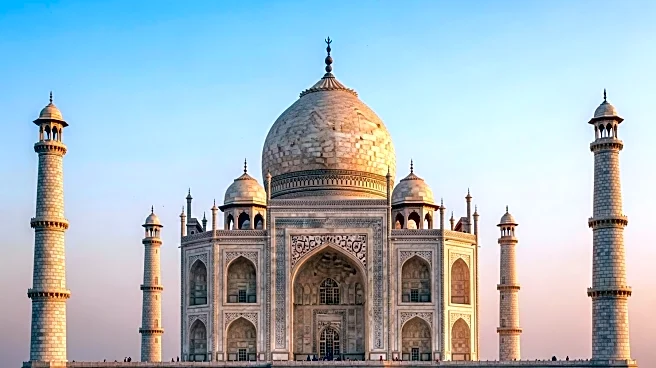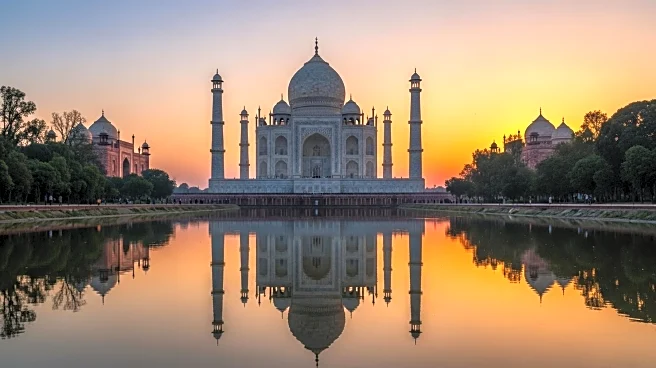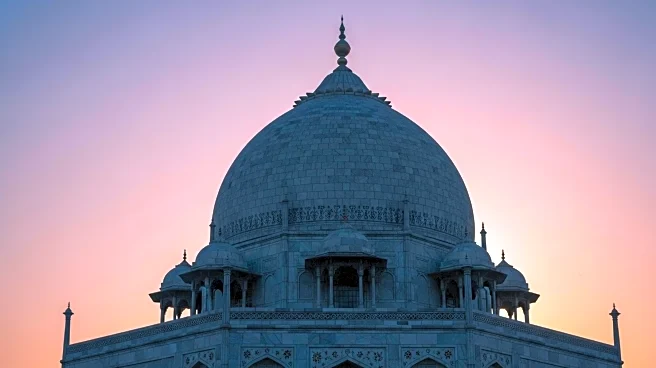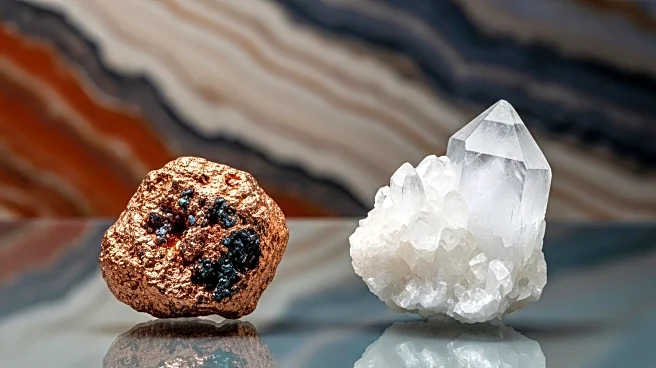The Taj Mahal, a symbol of love and architectural brilliance, is one of the most recognized monuments in the world. Located in Agra, India, this ivory-white marble mausoleum was commissioned by Mughal Emperor Shah Jahan in memory of his wife Mumtaz Mahal. Completed in 1653, the Taj Mahal is a UNESCO World Heritage Site and a testament to the grandeur of Mughal architecture.
Core Facts
The Taj Mahal is situated on the right bank of the Yamuna River in Agra, Uttar Pradesh, India. It covers an area of approximately 17 hectares and includes a mosque, a guest house, and extensive gardens. The mausoleum itself is constructed of white marble inlaid with semi-precious stones, showcasing intricate designs and calligraphy.
Notable Details
One of the most striking features of the Taj Mahal is its large central dome, which is surrounded by four smaller domes. The main dome is topped with a gilded finial, adding to the structure's grandeur. The mausoleum's interior houses the cenotaphs of Mumtaz Mahal and Shah Jahan, while their actual graves are located in a lower chamber.
Comparisons and Contrasts
The Taj Mahal is often compared to other Mughal architectural masterpieces, such as Humayun's Tomb in Delhi. While both structures share similar design elements, the Taj Mahal is distinguished by its extensive use of white marble and its symmetrical layout. The monument's gardens, known as the Charbagh, are also a unique feature, representing the Islamic concept of paradise.
Key Data Points
The construction of the Taj Mahal involved over 20,000 workers and artisans, with materials sourced from across India and Asia. The project cost an estimated 32 million rupees at the time, equivalent to approximately 52.8 billion rupees (US$827 million) in 2015. The Taj Mahal attracts over five million visitors annually, making it one of the most popular tourist destinations in the world.
 Discover Daily • 8 min read
Discover Daily • 8 min read 










